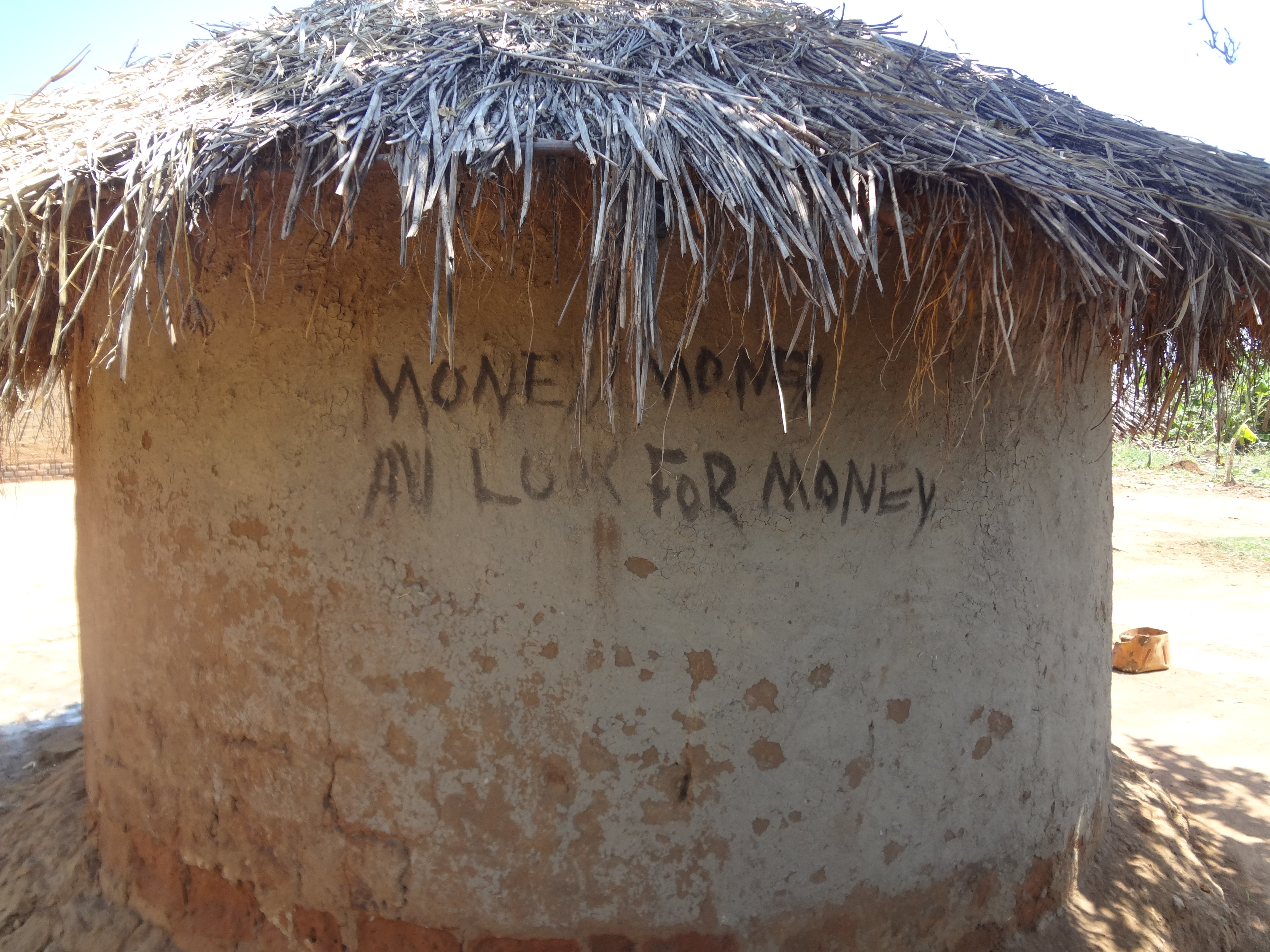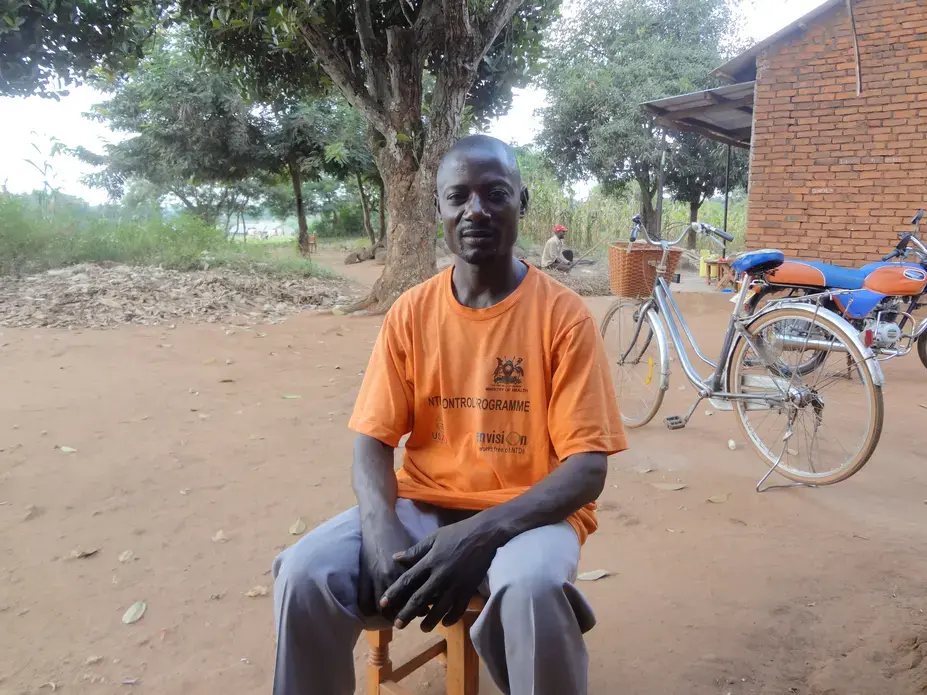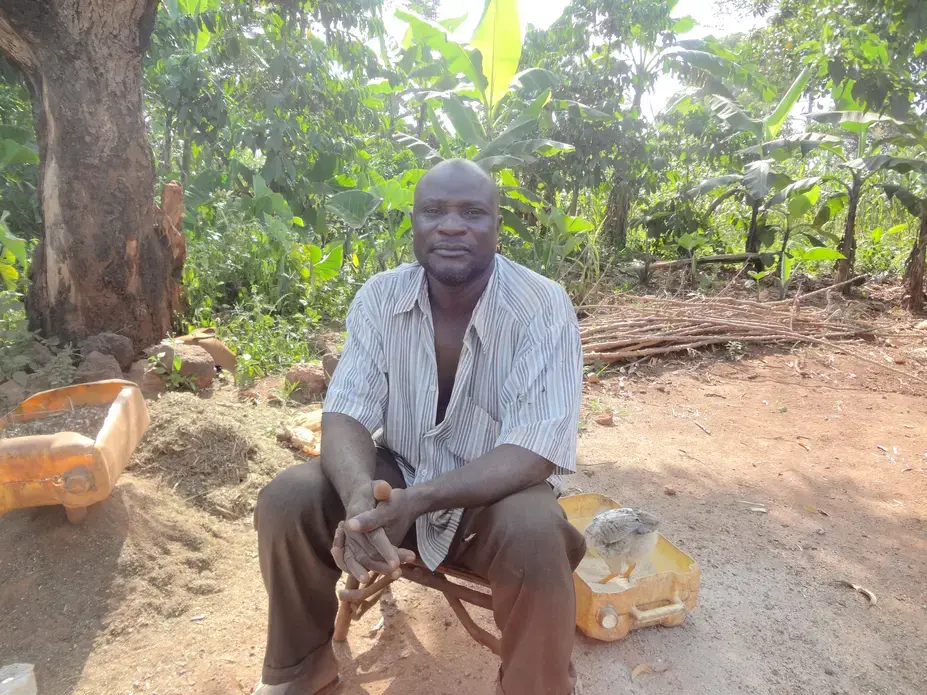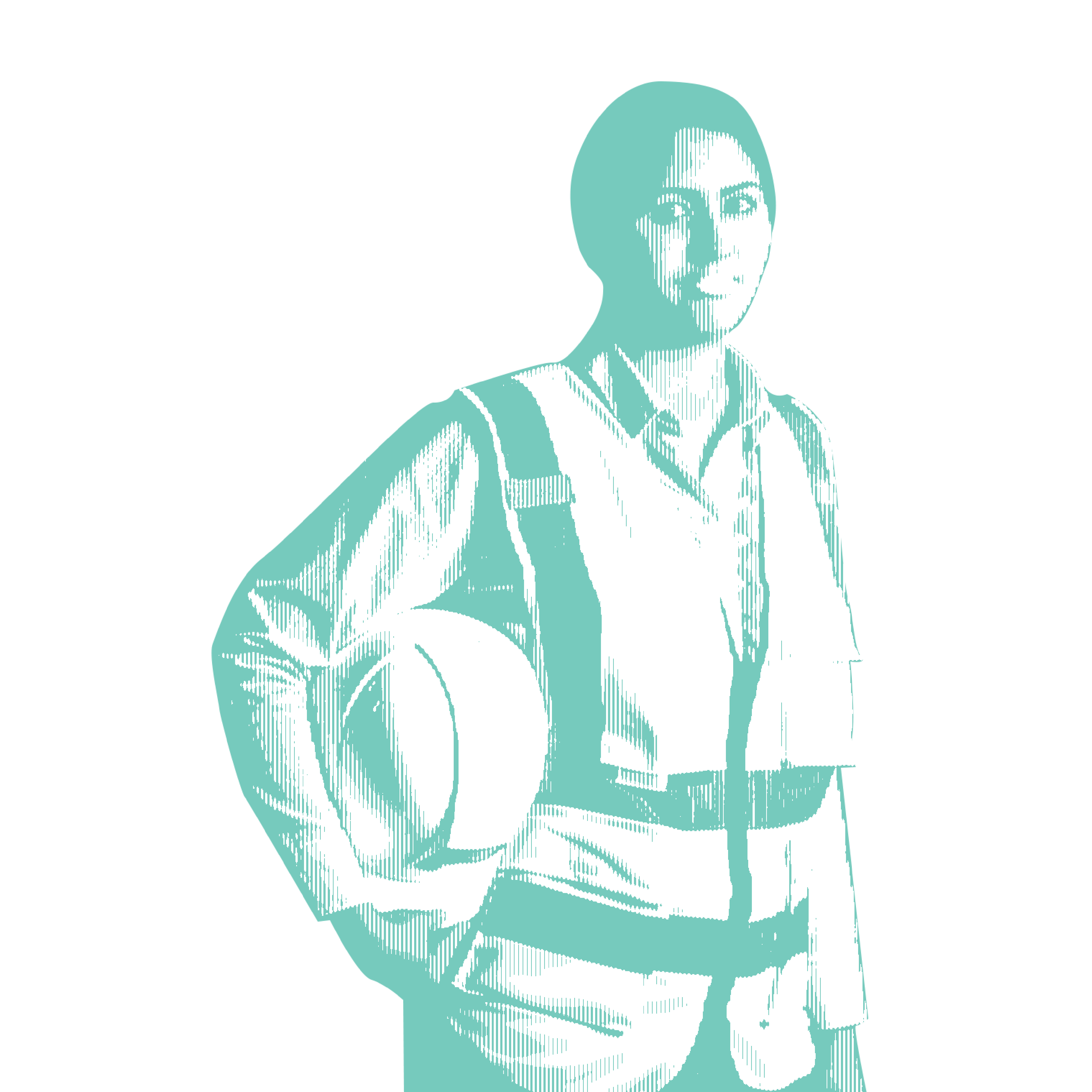Bagaga Moses walks from house to house in Mpiita village making sure that mosquito nets are being used properly, encouraging people to build latrines, checking on sick people, and sometimes advising them to go to the health center.
Moses is a member of village health team (VHT) and works at the community level. Uganda has one of the highest rates of morbidity and mortality globally, and as a response, Uganda adapted the VHT system to improve health care in rural areas in 2001.
VHT volunteers are appointed by the community either through the town leadership or through popular vote. They tend to be respected in the community
"The VHT program has really helped in health education here. Before, some were afraid of mosquito nets because they feared that mosquito nets had dangerous drugs on them, and others were afraid of immunizations because they thought that it was the government's method of preventing us from having more children. Because the VHTs come from the community, we trust what they say," said Atiisa Richard, a primary school teacher at Igombe village.
However, relying on volunteers as an integral part of the healthcare system presents significant challenges.
"We think that there should be some type of salary. We have families to feed so we have to work in our gardens often. But a VHT job takes a lot of time, so we should be compensated," Moses said.
"We also need more trainings, support, and transportation, he added. "Since I became a VHT volunteer over five years ago, we have only had two trainings. When I contact our supervisor, they say that they do not have the funds to conduct any trainings. We were all supposed to be provided bicycles to help us in our work, but a lot of us did not get one. The houses here are very far—it takes much time going from house to house."
The role of a VHT volunteer is fundamentally limiting. They are not provided any medicines or equipment, so all they can do is refer patients to health centers.
"It's hard when we refer people to go to the health center, but the health center does not have any medicines. We feel helpless to do anything," said Butale Steven, a VHT volunteer in Kigunda.
"The people that we are helping are our family and friends, so we really want to do our jobs well. But we need more support, " said Steven. "The child of the other VHT volunteer in our village died because there were no medicines at the health center."
Namukose Prossy, the other VHT volunteer in Kigunda, walked 12 kilometers to the nearest health center in the heat, only to find that there was no medicine there. "I walked around and around but I failed. I couldn't get medicines anywhere. I didn't have money for transport to find drugs because it wasn't harvest season, and my child died while I was searching for money," he said.
Despite these challenges, a study done by UNICEF found that the VHT program saves many lives.
"Surely it's a great program, but VHTs are over-extended. Their training is very short—it's only three weeks and there is hardly any follow-up training. The VHTs end up doing most jobs that were originally intended for health workers who go to school for three years to learn the jobs," said Francis Kyakulaga, the senior health inspector of Namutumba District and top supervisor of all VHTs in the district.
"The reason why the jobs of health workers are allocated to VHTs is because the health workers are paid so poorly," he said. "It all goes back to funding. If the international community and our government are truly committed to improve healthcare here, there could be real progress. But right now, there just isn't enough money in healthcare to change the system."










